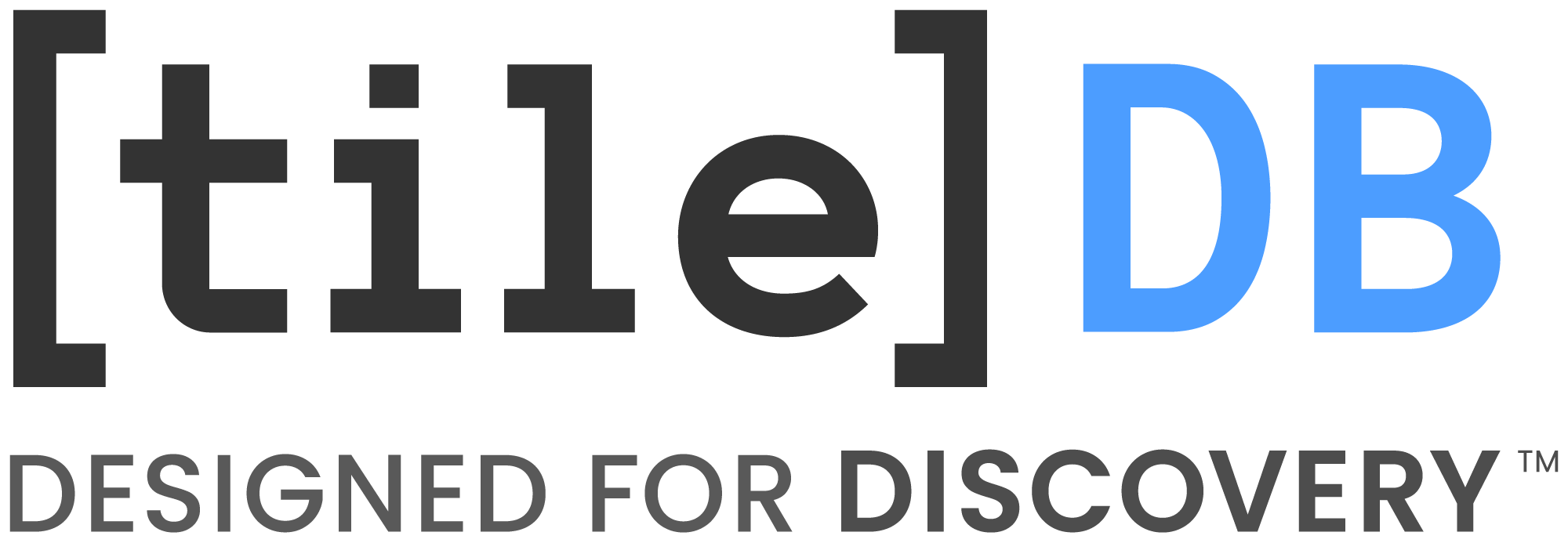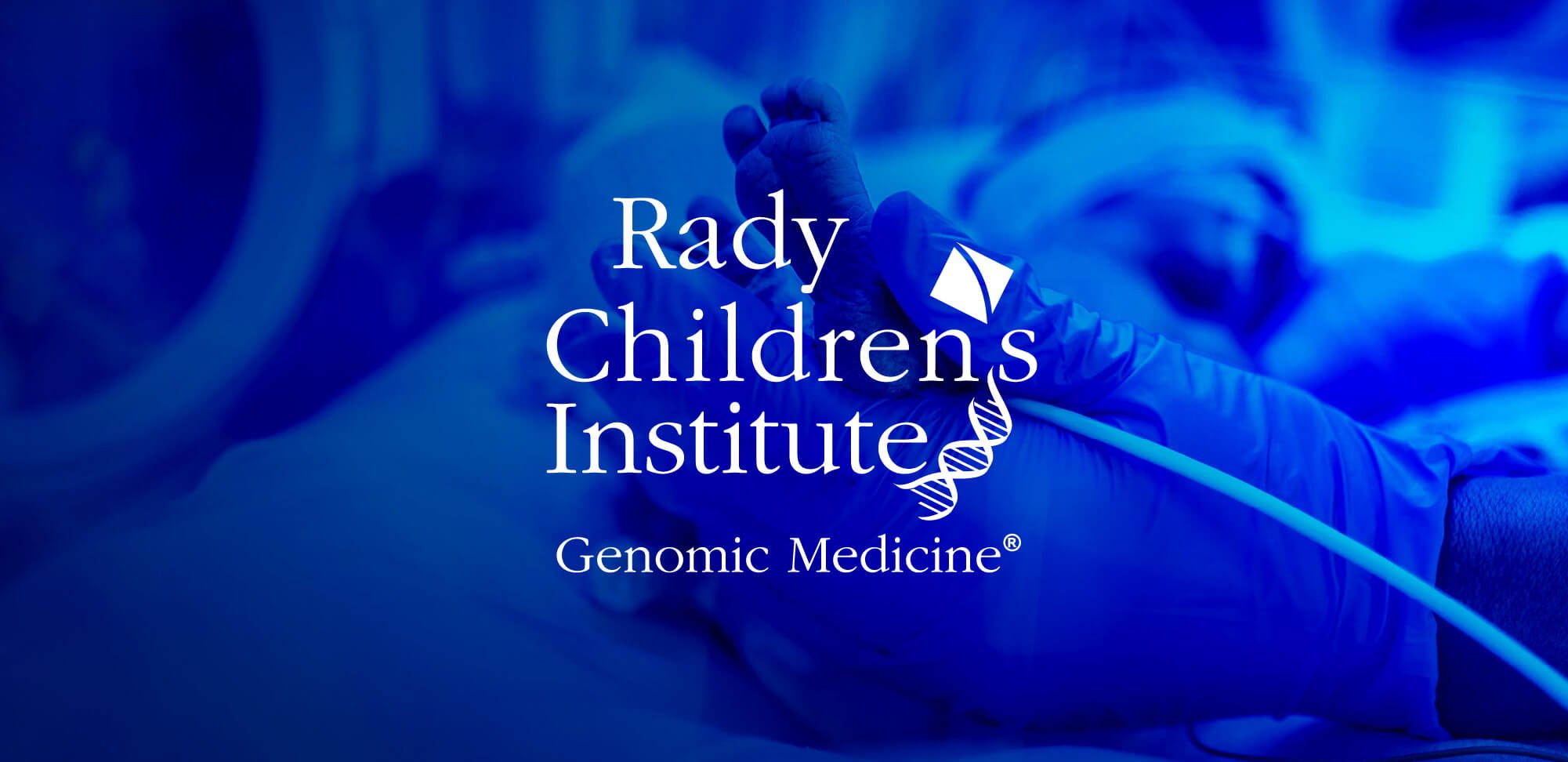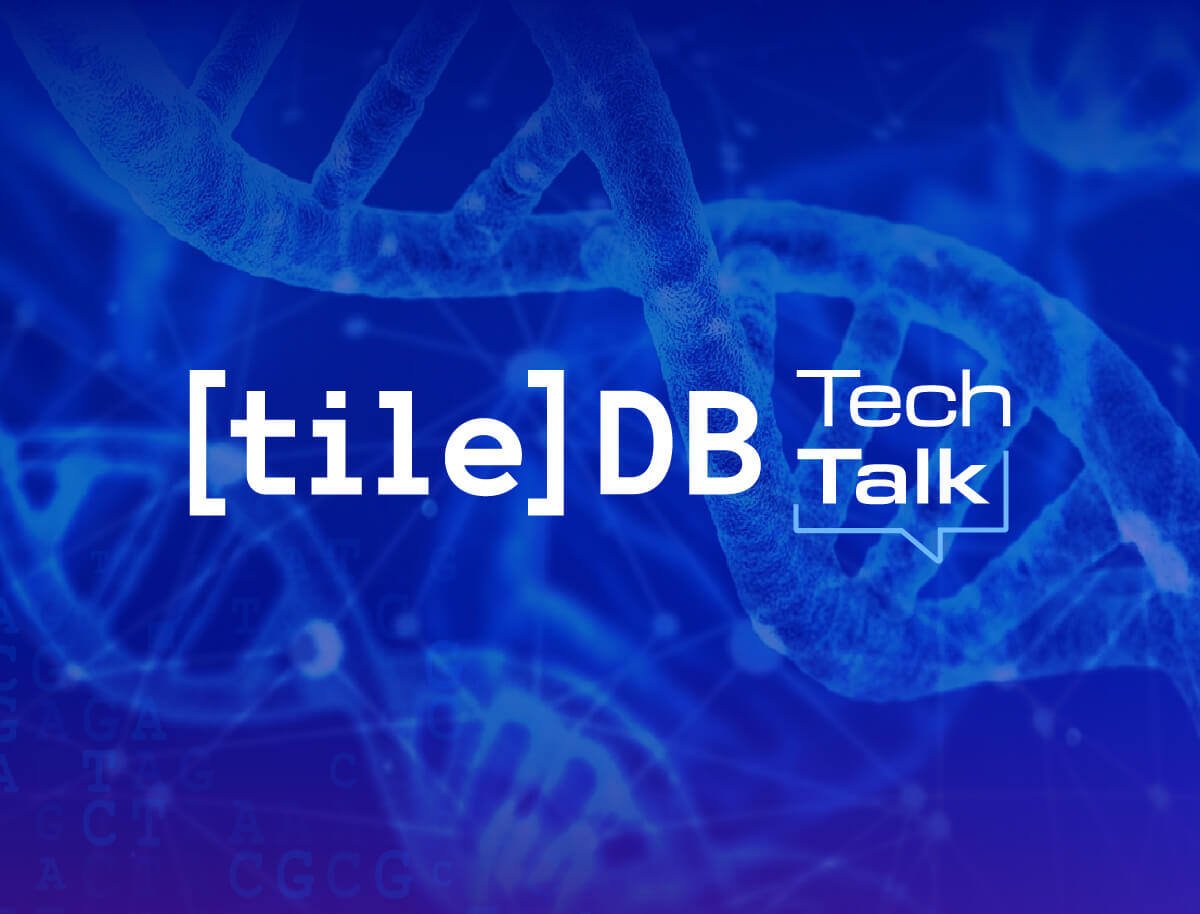- Traditional relational databases
- Spark & Parquet based warehouses
- Query engines
- Distributed SQL & NoSQL
- Cloud-vendor managed solutions
TileDB-VCF is a multidimensional array solution, an API that offers intuitive methods for ingesting, querying, and exporting variant data. TileDB-VCF is not a bespoke domain solution. It’s built on the same adaptive TileDB array model that can be used to capture any data modality. Variant data happens to be sparse. Variants themselves are surrounded by thousands of non-variant loci. TileDB is uniquely suited to represent this type of sparse data without necessitating intermediate data structures, massive transformations, or long running pre-processing steps.
Federated queries in TileDB are implemented using user-defined functions (UDFs) which allow the data owners to communicate complex, secure queries across organizational barriers.



























